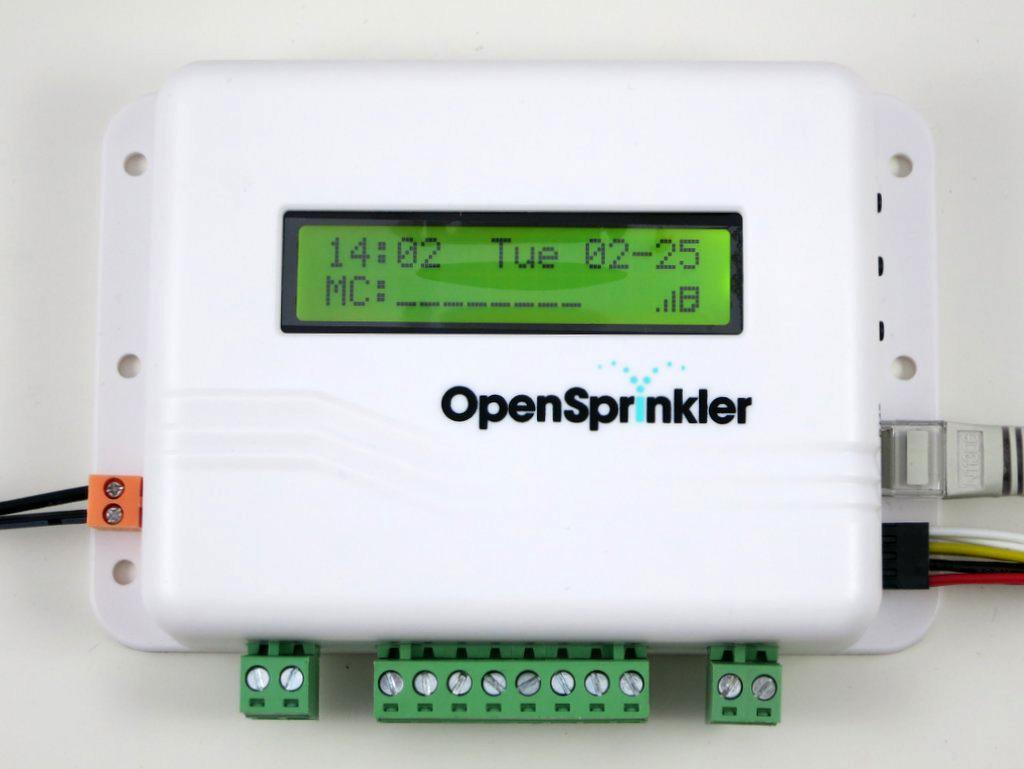

Multifunctional smart fire-protection aerogels are urgently needed to meet the requirement of the Internet of Everything era.

The results showed that the heat release rate is adequately described as a function of the water application rate in a form suitable for implementation in a CFD fire model. Both ignition and heat release rate measurements were made with and without water application. Several types of experiments were conducted including small-scale ignition measurements using the LIFT device and the cone calorimeter, and moderate-scale heat release rate measurements using oxygen consumption calorimetry. This paper describes experiments that investigated the effect of water application on the time to ignition and the heat release rate of the Group A Plastic Commodity. heat and mass transfer that occurs in a warehouse fire with rack-storage of a standard commodity. The model requires implementable sub-grid algorithms and corresponding data that adequately represent the full-scale. Until the plants flowered, no worm-bin nutrient was used in the water.The objective of this work was to provide measurements from reduced-scale experiments for use in the NIST Fire Dynamics Simulator, a computational fluid dynamics model that calculates fire growth, spread, sprinkler activation, and water suppression of rack-storage commodity fires. The system worked from mid-Feb to early Nov. I baked the growing medium at winters end to kill any nasties that had accumulated. I fed both tomatoes and cucumbers from the same source. The growing medium started out with relatively expensive brick ceramic balls but giving way to much cheaper garden-centre stone pieces as the number of pots used grew. I topped up every few weeks with a ratio of approx 5 to 1 water/nutrient by volume and varied the pump on/off duration during the day from around 7 am to 5pm, increasing to 11pm in high summer, from a raspi timer driving a relay to flood the plants roots for a quarter of an hour every four hours in early spring, reducing the interval time on the hottest summer days. My hydroponics pump in a small greenhouse in Wales was a 12-v small-boat sump pump, the circulating liquid being pre-mixed with nutrient derived from the liquid drippings from a plastic rainwater-barrel container using kitchen waste (no onions) slowly being processed by tiger worms. I am a novice at this sort of project but i'm a quick learner and would love any input with regards to ideas or code. In addition to this im thinking of automating our small greenhouse to control temperature and humidity using a Fan and heat mat, control light using grow lights. I was thinking of connecting an normally closed solenoid (as normally open are too expensive) at the input of the tank and hooking it up with a solid state relay connected to the raspberry pi and the associated resistors to control voltage.

The water bore is 100m away from the tank. It should be noted that it generally lies around 50% but declines over summer. I want to be able to keep it at a maximum of 85% in order to allow for any rainfall to not be wasted. I want to be able to check the level of the tank without having to physically extract the 'dip stick'. I was wondering how I could go about using this ultrasonic detector to determine the level of the water tank and control the water bore so it is on when the water level is low but off when it is high.

#OPENSPRINKLER WITH PROPAGATION PLUS#
I am going to setup my heavy water using irrigation system to the raspberry pi 2 and open sprinkler plus attachment. I have purchased a Raspberry Pi 2, Open Sprinkler plus and an ultrasonic detector.


 0 kommentar(er)
0 kommentar(er)
